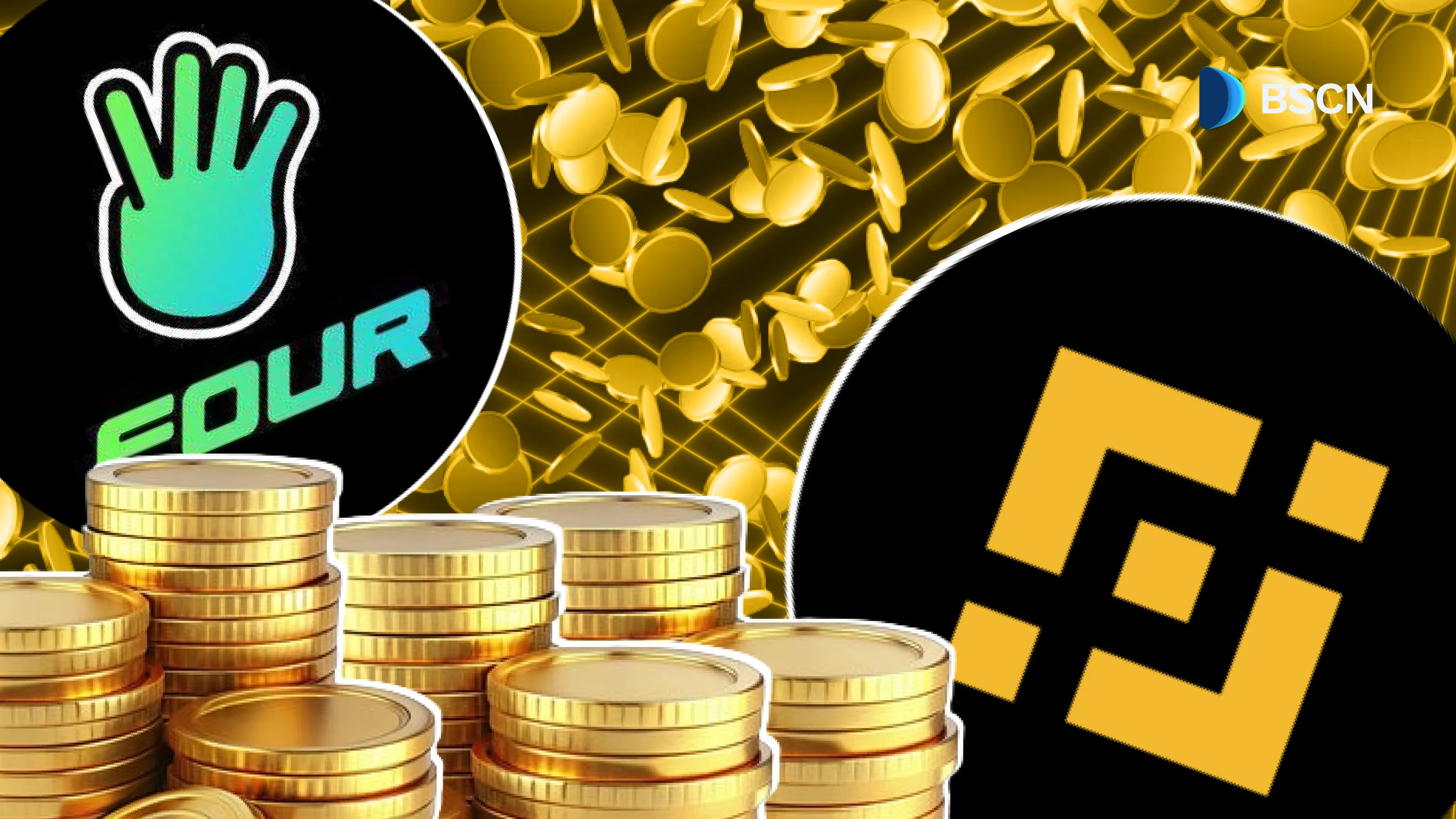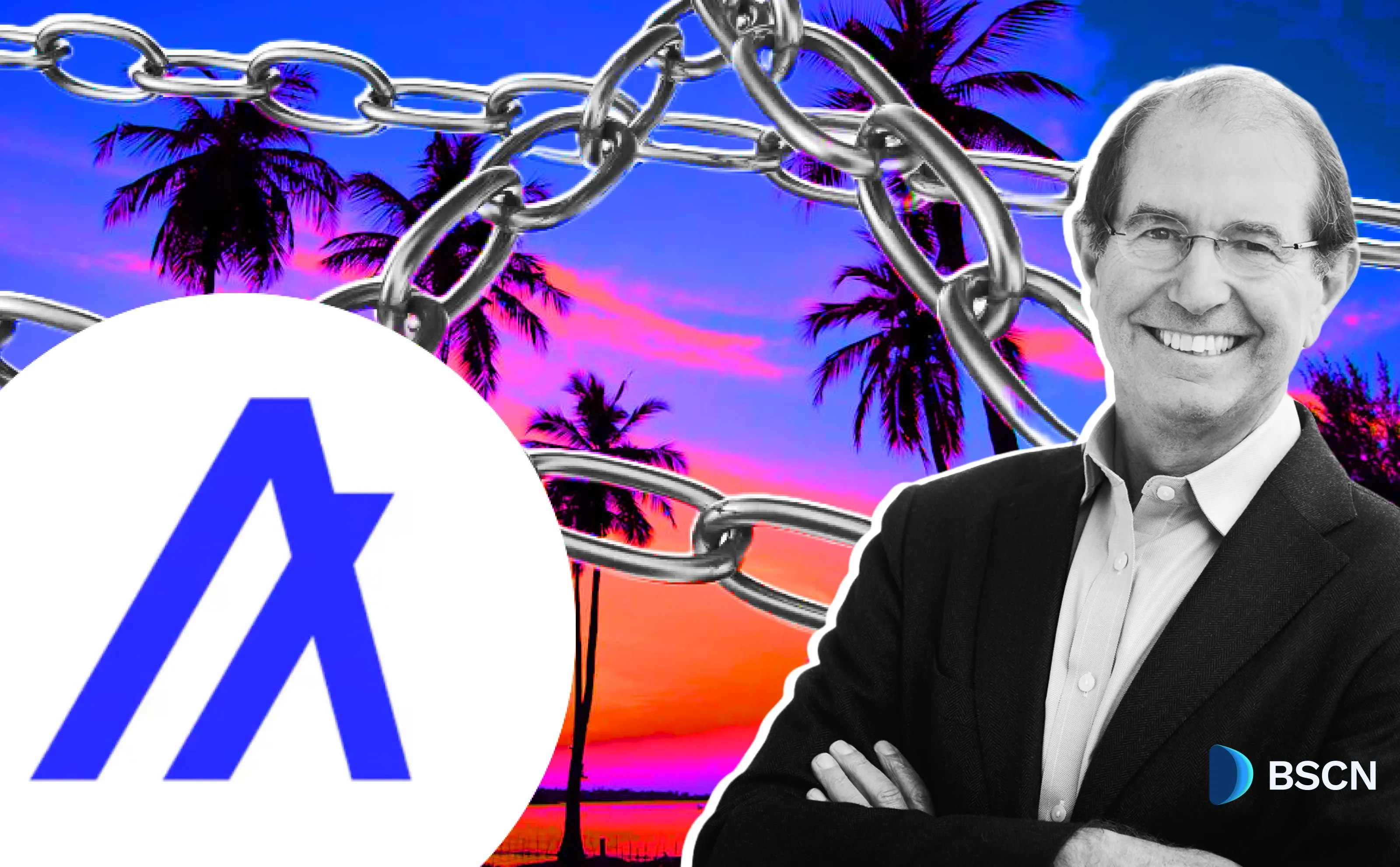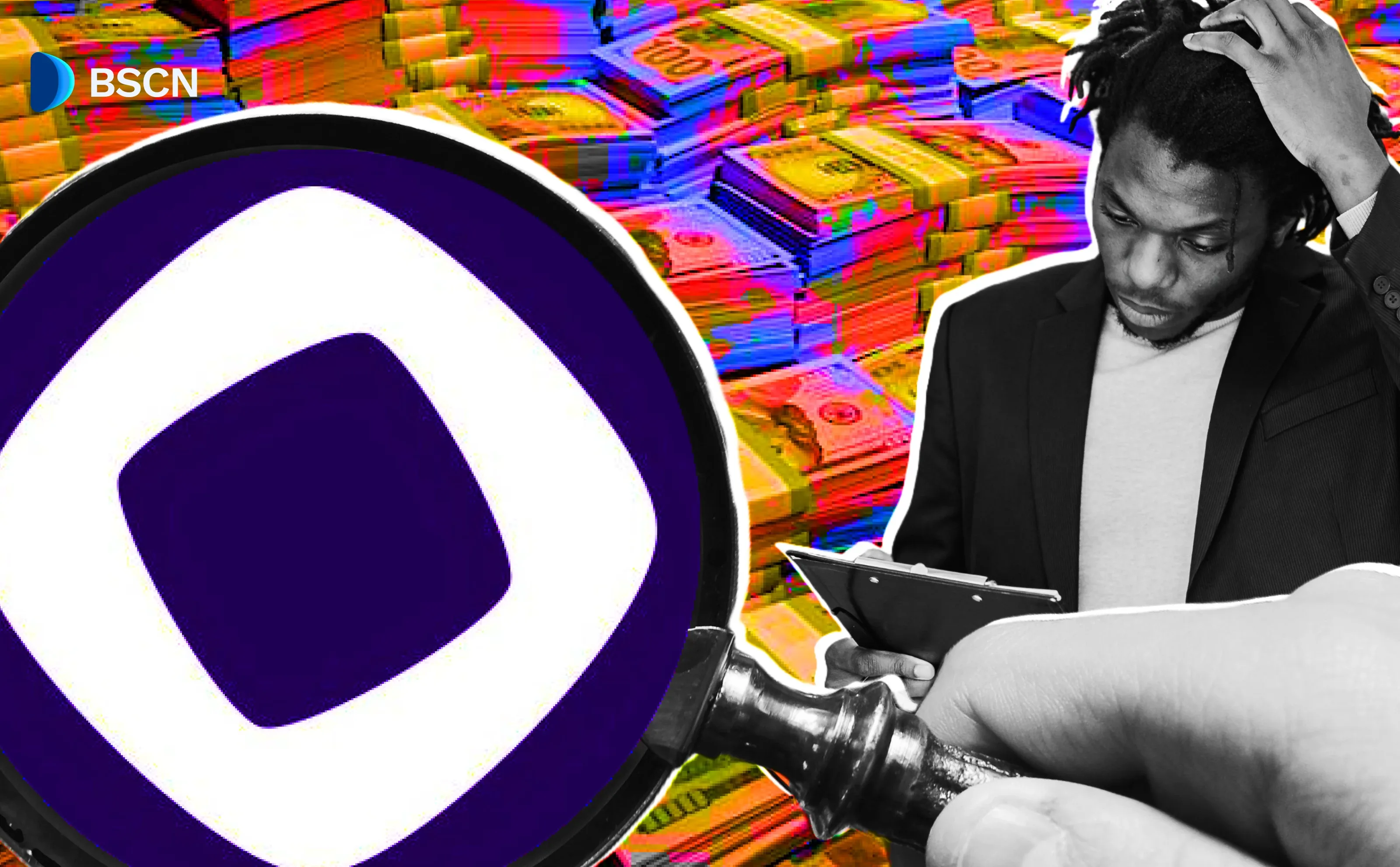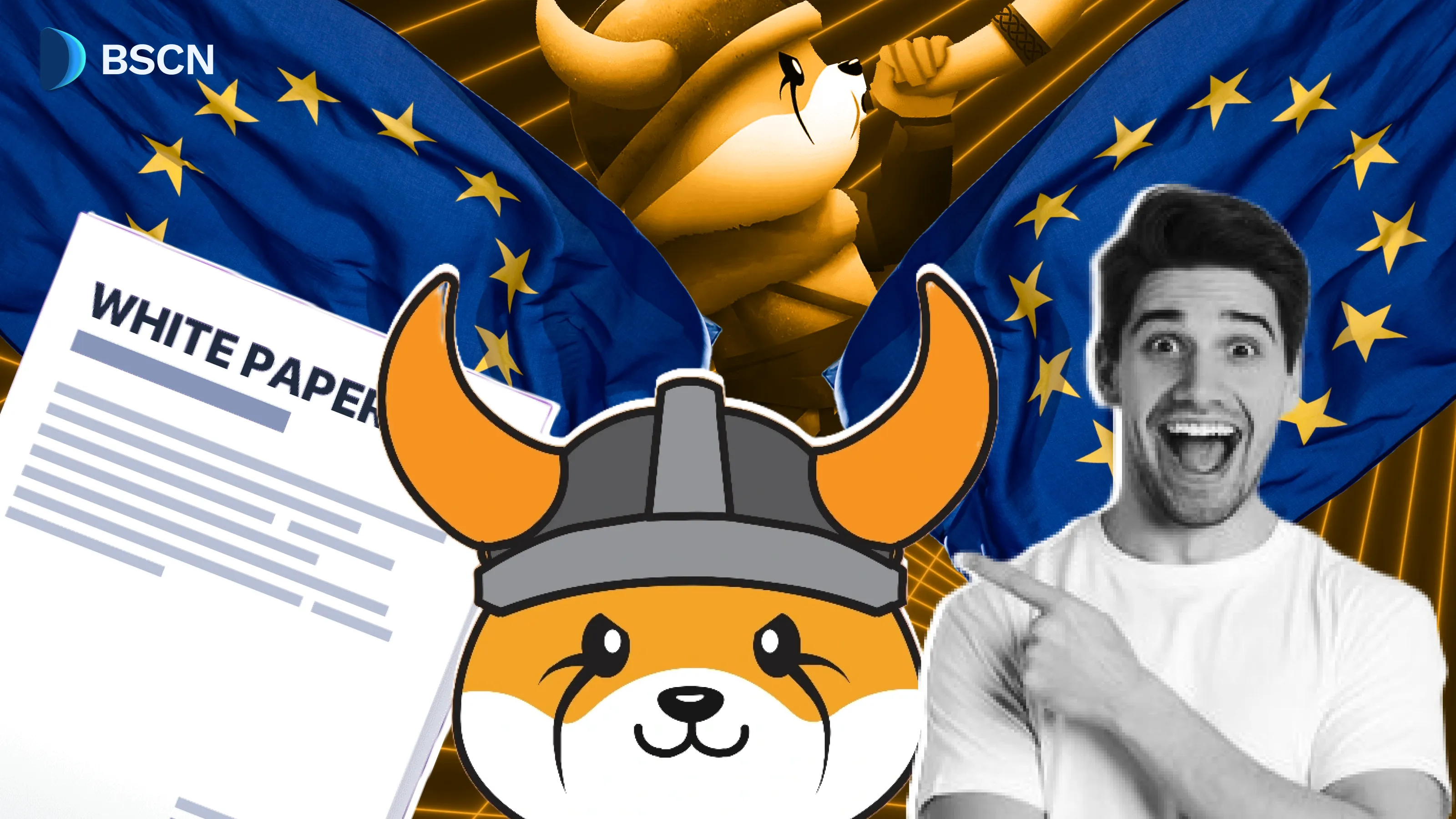BNB
Project Insight: Helmet Insure

Helmet was developed using Options Trading Logic and it seeks to permit anyone to create an insurance policy - which essentially is a price-fluctuation shield.
BSCN
January 30, 2021
What Does Insurance Have to do With Helmet?
The constant worry of all humans in every endeavor is the desire to be assured of one's safety. A helmet, wherever used, protects the wearer's head, as it is generally understood that head injuries are easily fatal. Thus, a helmet is very often a lifesaver when situations turn perilous. In the world of crypto, it is a well-known fact that the value of cryptocurrencies is very volatile, crypto traders and holders typically have to worry about fluctuations in their tokens' prices constantly. The need to protect people from exposure to unfavorable price fluctuations gave birth to Helmet.Insure.
Introduction to Helmet.Insure

Helmet is a decentralized protocol implemented on the Binance Smart Chain (BSC) and Polygon. It was developed using Options Trading Logic, and it seeks to permit anyone to create an insurance policy - which essentially is a price-fluctuation shield. These policies are structured such that any interested party can meet the terms of the policy and acquire a form of hedge against adverse changes in the price of a crypto asset. Helmet.Insure is designed not to be limited to any particular Decentralized Finance (DeFi) platform, supporting cross-platform interoperability. Helmet is handy to holders of crypto assets, who, rather than hold their tokens and risk depreciation of its value, can take an insurance policy that would cover any potential loss due to a downward change in the price during the policy period.
The Idea Behind Helmet.Insure?

In line with the nature of DeFi, there is also a need to decentralize insurance such that any DeFi user can provide a price-fluctuation hedge for other users, eliminating the need for centralized institutions. The Helmet protocol was developed to be a DeFi tool that will enable anyone to accomplish that.
How It Works

In the Helmet ecosystem, the insurance policy creator is called the Policy Supplier, while the subscriber to the policy is called the Policy Holder. The policy specifies the percentage of the price of the asset covered.
Say, for instance, that a particular policy provides 50% coverage at a policy price of 2.25BNB, the premium is 0.1 BNB, the cost of 1 HELMET is 4.5BNB, and a holder ensures 1 HELMET token. If after some time 1 HELMET drops in value to 2BNB and the holder decides to activate the policy, he will get back 1 HELMET at 2.25BNB hence shielding himself from losing 0.25BNB. A detailed guide on how the Helmet insurance policies operate and the available policies types can be found here.
Key Parts of a Helmet.Insure Policy
Four basic elements define a policy:
- Denominated Asset: this is the amount of a crypto asset that the policy supplier pledges as collateral for claims' settlement.
- Underlying Asset: This refers to the crypto asset, paired to the denominated asset, that a policy buyer intends to insure at the payment of a premium.
- Policy Price: This refers to the agreed exchange rate of the underlying asset relative to the denominated asset, which will be executed when the holder activates the policy.
- Insurance Period: The duration of time in which the price insurance is active, allowing the holder to claim the policy.
A description of other helpful terms necessary to get you started with Helmet.insure can be found here.

Tokenomics
The governance token of the Helmet.Insure ecosystem is HELMET. It has a total supply of 100 million and is issued by Helmet.Insure. 50 million HELMET tokens will locked in a smart contract for one year, while the remaining 50 million HELMET tokens will be issued within the first year of launch with the following token distribution:
- 10% (10 million) for Initial Farm Offering (IFO)
- 27.5% (27.5 million) earmarked for the HELMET community
- ○ 30% can be earned through policy mining in the first year
- ○ 50% can be earned through LPT mining in the first year.
- ○ 20% can be earned through governance or vote on proposals in the first year.
- 5% (5 million) is reserved for the Developer fund. It will be farmed and locked for one year.
- 7.5% (7.5 million) for partnering with BSC ecological construction.
Holders of HELMET possess the right to purchase insurance policies with the token, participate in community votes and governance, and receive commission dividends. Currently, HELMET is listed on Pancakeswap, Hotbit Exchange, and MXC Exchange, with more listings to come. An overview of the market performance of the token can be seen on the project's CoinMarketCap page.
Liquidity Incentives
The Helmet team has partnered with PancakeSwap to create ample liquidity for the Helmet protocol while simultaneously rewarding users with liquidity incentives. This system allows Helmet to bootstrap both liquidity and users by offering additional Helmet incentives. Currently, users can supply liquidity using Helmet/BNB or Helmet/ LONG bootstrapping both liquidity and policy minting.

For more information regarding Helmet liquidity mining, refer to the following:
Looking Ahead
The Helmet team has a detailed roadmap on its website. The team has had a successful year in 2021 since launching in March. A campaign with over ten projects on BSC and expansion in multiple regional markets helped bring attention to the protocol in the Summer, along with several other important updates.
Following a launch on Polygon, the protocol completed another step of diversification. Looking ahead towards Q4 in 2021 and beginning in 2022, Helmet looks to finalize mining and staking opportunities across both blockchain networks.
The beginning steps towards the V2 have started as the team aims to see a full launch by Q1 of 2022. With updates to the initial token offering features on top of the V2, the future looks bright for Helmet.
Further details of upcoming activities and collaborations can be found here.
All in all, Helmet.Insure is a welcome addition to the options available to DeFi users. The potential of the project is immense.
For more information, take a look at the project's media channels.
Latest News
Crypto Project & Token Reviews
Project & Token Reviews
Comprehensive reviews of crypto's most interesting projects and assets
Learn about the hottest projects & tokens
Latest Crypto News
Get up to date with the latest crypto news stories and events









